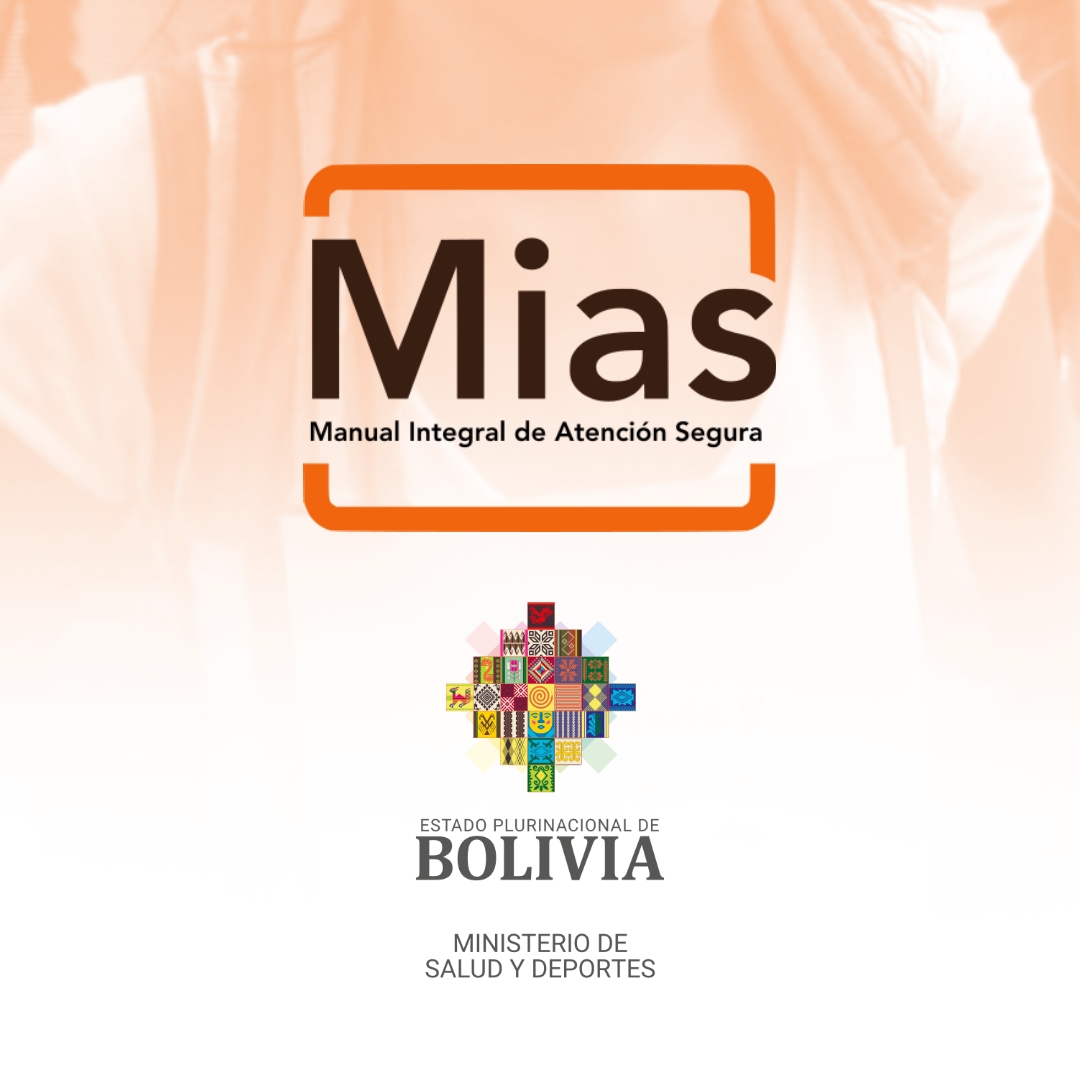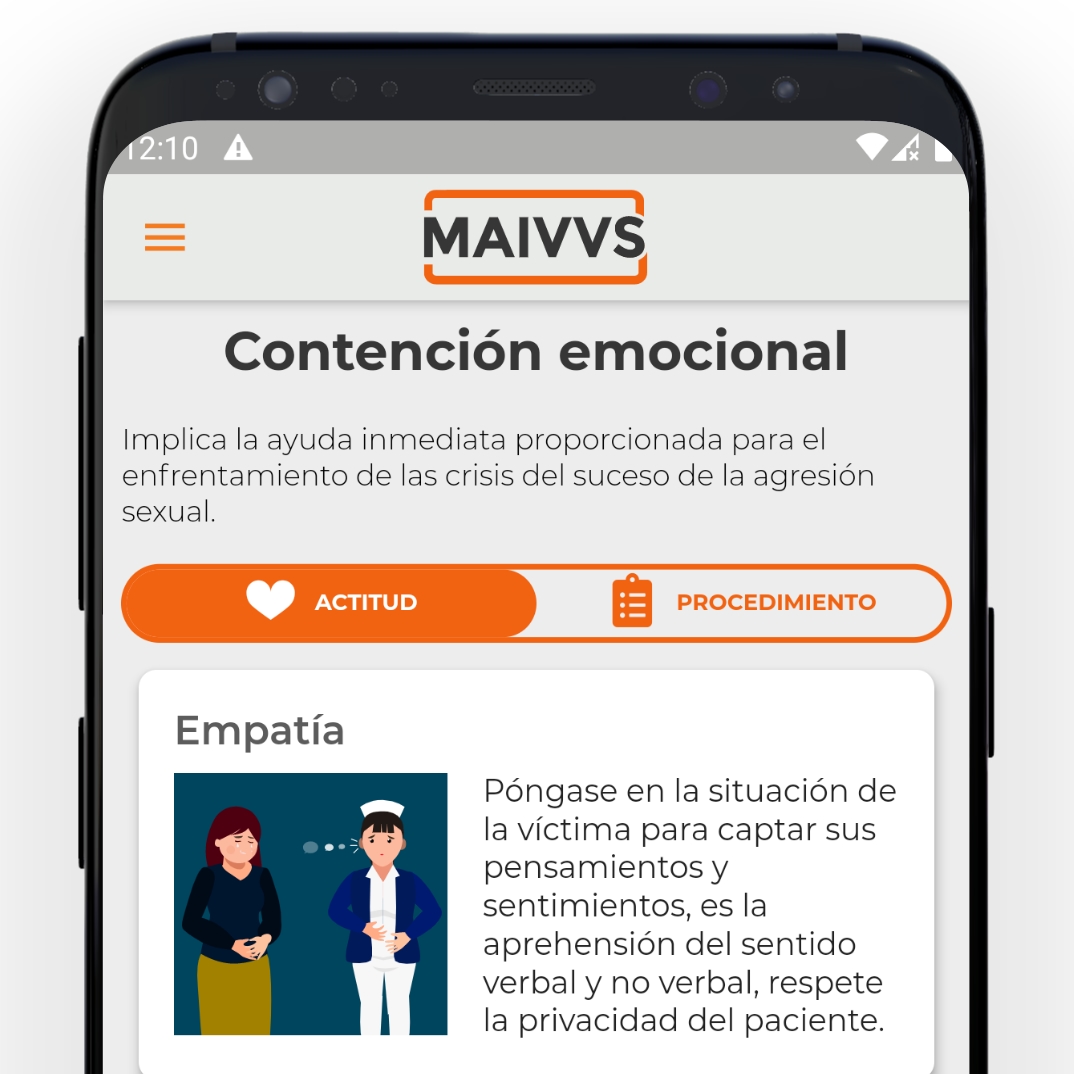Eleven years have passed since a constitutional ruling marked an important step forward in access to Legal Termination of Pregnancy (ILE). However, gaps still exist within the country’s health system.
The Ombudsman’s Office conducted an investigation in 2024, reflected in a report presented this year, on the social security entities, better known as health funds. It found weaknesses and what is seen as a root problem: the absence of internal regulations.
“The intervention was carried out in 13 short term social security management entities (…). 92% of these health funds, for example, do not have internal regulations for the implementation of abortion”, explained the Ombudsman, Pedro Callisaya, in his program “El Defensor con el Pueblo” (The Ombudsman with the People).
HEALTH INSURANCE COMPANIES
The report shows that 12 (92%) of the 13 health funds consulted do not have an internal norm, which is a guideline and guide for the personnel to provide the service, which is contemplated for victims of violence and women whose lives are at risk. One of those consulted did not respond (8%).
In addition to this, the Ombudsman’s Office identified that in the entities there was also no mastery of the Plurinational Constitutional Ruling (SCP) 206/2014.
The termination of pregnancy has been in force for more than 50 years in the country through Article 266 of the Penal Code, approved by Decree Law 10426 of 1972 and elevated to the rank of Law 1768 in 1997.
Article 266 of the Code (Unpunished Abortion) established: “When the abortion was the consequence of a crime of rape, abduction not followed by marriage, statutory rape or incest, no penalty shall be applied, provided that the criminal action has been initiated. Nor shall an abortion be punishable if it has been performed in order to avoid a danger to the life or health of the mother and if this danger could not be avoided by other means. In both cases, the abortion must be performed by a physician, with the consent of the woman and judicial authorization if necessary.
ILE
The constitutional ruling went a step further along this path. It “declared the unconstitutionality of the phrases ‘provided that the criminal action has been initiated’ and ‘judicial authorization, as the case may be’. Therefore, these two requirements are no longer necessary,” the Ombudsman’s Office explains.
In January 2015, the Ministry of Health issued a resolution that made compliance mandatory throughout the health system, including social security. After more than a decade of these norms, ignorance is still seen in the boxes.
“It should be noted that, among the answers of the 12 EGSSCP (Short-Term Social Security Management Entities), the lack of knowledge of the scope and characteristics of the regulations on the subject was reiterated. That is, of the SCP N° 206/2014 itself and of the Technical Procedure”, (sic) details the ombudsman’s report.
The lack of knowledge of the standard and the lack of an internal one means that the personnel do not have the guidelines to apply abortion.
INTERNAL STANDARD
“By not having clarity in the procedures, the health funds can generate situations of refusal of care to users who have every right to access this service, either by being holders and beneficiaries of health insurance. This directly affects their physical, psychological and sexual health, and can lead to cases of re-victimization and even serious violations of rights,” Callisaya told La Razón Callisaya.
For example, when reviewing the requirements to proceed with an ILE, different criteria can be seen, depending on the area, even within the same case (see tables).
%204.04.37%E2%80%AFp.%C2%A0m..png)
“Given the absence of internal regulations of the managing entity and the lack of a norm that standardizes the attention of this type of cases, the authorities and health personnel have a totally discretional framework to act within. This directly affects the users who seek care,” said Callisaya.
“There were even those who referred to requirements that are not contemplated in the current legislation. The discretionality and lack of knowledge of the requirements demanded of the victims, reaches extremes in which they are asked for the partner’s authorization, analysis of medical antecedents, court order or authorization from the medical board. Extremes that make it even more difficult to access an abortion in the EGSSCP”, she added.
ACCESS
Of the 13 registries consulted in the report, 77% (10) did not have any record of abortion performed. 15% (2) said they did and 8% (1) did not respond.
The data compiled by the Ombudsman’s Office show that, in 2021 and 2022, the cajas will perform 16 abortions each year. While in 2023 they will reach seven.
Callisaya explained that the lack of an internal guide, translated into a standard, generates “a regulatory vacuum that contributes to uncertainty and confusion, both for the administrative and medical personnel (…) and for the insured”.
An internal standard is not just a formality, but a guideline that, in many cases, is still missing.















